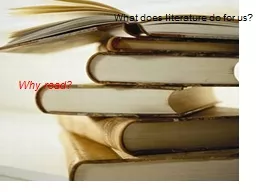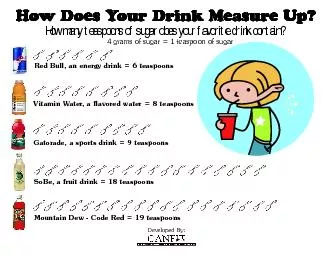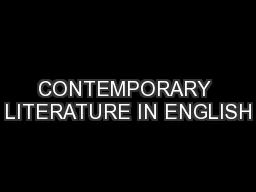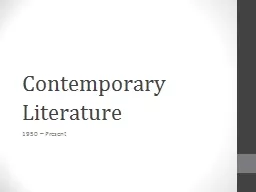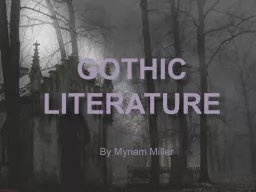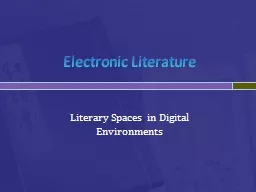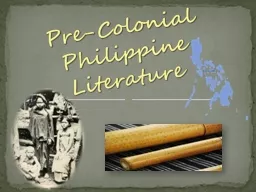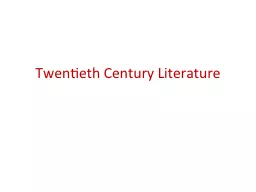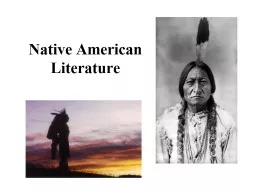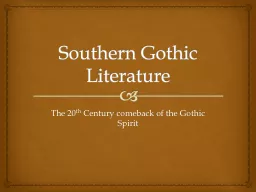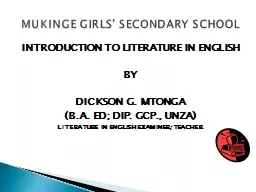PPT-What does literature do for us?
Author : aaron | Published Date : 2019-12-13
What does literature do for us Why read Literature a dds to reality it doesnt simply describe it CS Lewis We are talking now of summer evenings in Knoxville Tennessee
Presentation Embed Code
Download Presentation
Download Presentation The PPT/PDF document "What does literature do for us?" is the property of its rightful owner. Permission is granted to download and print the materials on this website for personal, non-commercial use only, and to display it on your personal computer provided you do not modify the materials and that you retain all copyright notices contained in the materials. By downloading content from our website, you accept the terms of this agreement.
What does literature do for us?: Transcript
Download Rules Of Document
"What does literature do for us?"The content belongs to its owner. You may download and print it for personal use, without modification, and keep all copyright notices. By downloading, you agree to these terms.
Related Documents

